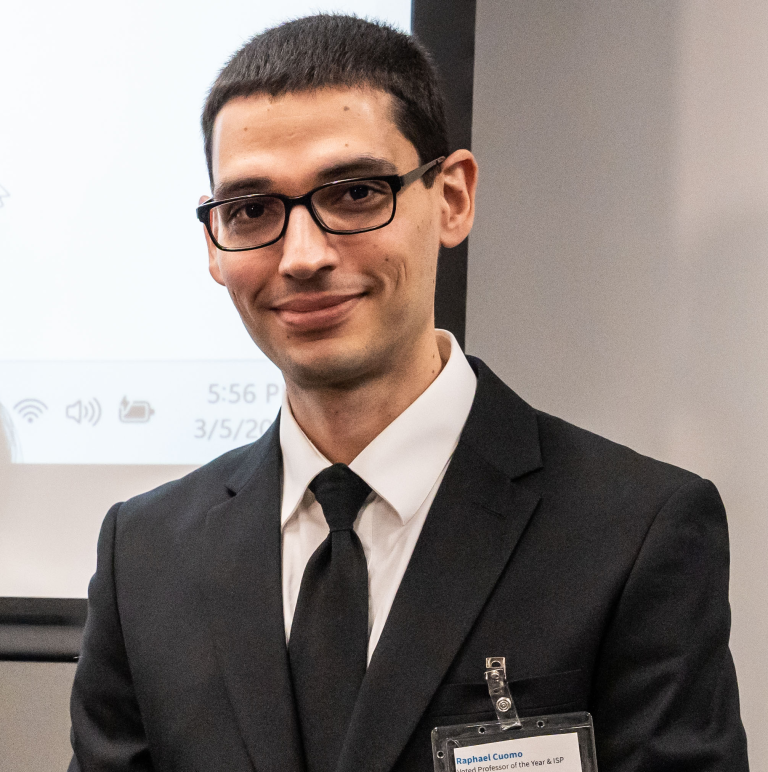
Excerpt from Crave: The Hidden Biology of Addiction and Cancer
By Raphael E. Cuomo, PhD
“If there is a single idea that reshapes the way we think about addiction, disease, and prevention, it is this: biology is not fixed. It changes. It adapts to what it encounters, what it repeats, what it learns to expect. This principle, known as plasticity, governs every major system in the body. The brain rewires. Hormones recalibrate. The immune system remembers. Metabolism adjusts. Even gene expression can shift depending on environment, behavior, and experience.
This adaptability explains how craving develops. But it also explains how craving can be interrupted. The same nervous system that learns compulsion can learn regulation. The same tissues that store inflammation can begin to release it. The same cells that are conditioned to survive under stress can be supported to repair. None of these changes happen immediately. But they happen. And understanding how they happen gives us a blueprint for healing.
At the level of the brain, plasticity is constant. Neurons fire together and wire together. The more a behavior is repeated, the more efficient the brain becomes at executing it. This principle is what allows someone to develop a habit, whether good or bad, and it is also what makes change difficult at first. The old pathways are still strong. They respond automatically to cues, delivering urges before awareness can intervene. With time and consistency, however, new patterns begin to form. They start weak, often requiring effort, but each repetition strengthens the signal, and each interruption of the old loop weakens it.
This is why recovery from addiction, whether to food, alcohol, technology, or anything else, feels hard at the beginning. The brain is not broken; it is simply trained. It is still expecting the cue to produce the behavior, still expecting the behavior to produce relief. And when that relief is no longer delivered in the familiar way, discomfort arises. That discomfort is the nervous system recalibrating. It is the space between what was and what is becoming.
Neuroplasticity is often strongest in youth, but it remains throughout life. Adults can and do change. They learn new skills, form new relationships, respond differently to stress, recover from trauma. These changes are not just mental. They are cellular. Brain-derived neurotrophic factor, or BDNF, increases with exercise, sleep, learning, and even moments of quiet reflection. BDNF supports the growth of new neurons, the repair of existing ones, and the formation of new circuits. It is one of the molecular drivers of resilience.
But the brain does not act alone. Every system in the body is shaped by what we do repeatedly. Hormones respond to patterns. If the body is fed erratically, insulin and leptin become less sensitive. If it is flooded with caffeine or alcohol, cortisol becomes dysregulated. If sleep is disrupted night after night, melatonin release is delayed, and the entire circadian rhythm shifts. These changes can persist for years, but they are not permanent. They reflect input, and changing that input, slowly, consistently, and compassionately, begins to restore balance.”
About the Author
Raphael E. Cuomo, PhD, is one of the leading scientific voices at the intersection of addiction, cancer, and public health. An Associate Professor at the UC San Diego School of Medicine, Dr. Cuomo has published extensively on the biological mechanisms that link compulsive behavior to chronic disease. His research integrates neuroscience, epidemiology, and systems biology to uncover how modern environments shape the body’s craving pathways, often with life-altering consequences. As a senior investigator on multiple large-scale studies, his work has informed clinical practice, public policy, and global conversations about the biology of habit, healing, and human vulnerability. Crave: The Hidden Biology of Addiction and Cancer is his definitive exploration of the science behind what drives us, and how we can change.
Crave: The Hidden Biology of Addiction and Cancer is available June 10th on Amazon in ebook, paperback, and hardcover formats.